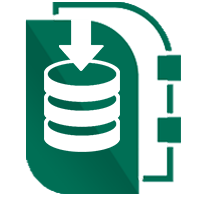Reverse engineer Wordpress database using ERBuilder
Jan 15th, 2020,
WordPress is a freely distributed Content Management System (CMS) that allows for the creation and management of a website. It is written in PHP and relies on a MySQL database. It is the most popular website management system in use today, and is used by more than 30% of websites in the world. WordPress consists of three main elements:
1. The WordPress installation itself.
2. The contents of the “wp-content” directory, which includes themes, plugins and uploads.
3. The database, where all the content, metadata and settings data are stored.
Up to the version (5.0.3) of WordPress , the database schema not using foreign key constraints. According to the WordPress Codex, in the WordPress database, no integrity between the tables is enforced (between posts and comments). The code of plugins and themes that manipulate the WordPress database must do the housekeeping so that no orphan records remain in the tables.
The complete WordPress database documentation, with table and column descriptions, is presented here .
The documentation and the diagram below are done with ERBuilder data modeler. The source project file can be downloaded here.

ERBuilder is a GUI data modeling tool that allows you to visualize, design and model databases by using entity relationship diagrams and automatically generates the most popular SQL databases. Reverse engineer, generate and share the data Model documentation with your team. Optimize your data model by using advanced features such as test data generation, schema compare and schema synchronization. Try now ERBuilder for 15 days FREE
Subscribe To Our Newsletter
Subscribe to our email newsletter today to receive updates of the latest news, tutorials and special offers!






